Donate now to support the LLIFLE projects.
Your support is critical to our success.
Your support is critical to our success.
Accepted Scientific Name: Echinopsis atacamensis subs. pasacana (F.A.C.Weber ex Rümpler) G.Navarro
Lazaroa 17: 54. 1996
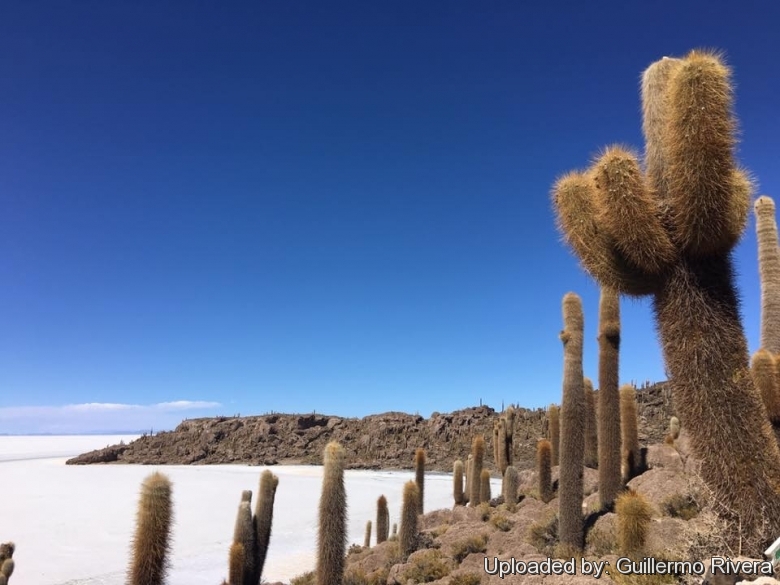
Trichocereus atacamensis var. pasacanus (Echinopsis atacamensis subs. pasacana) Photo by: Guillermo Rivera
Isla del Pescado or Incahuasi island, in the Salar de Uyuni, Potosi, Bolivia. Magical place.
Isla del Pescado or Incahuasi island, in the Salar de Uyuni, Potosi, Bolivia. Magical place.
Synonyms:
- Echinopsis atacamensis subs. pasacana (F.A.C.Weber ex Rümpler) G.Navarro
- Cephalocereus pasacanus (F.A.C.Weber ex Rümpler) F.A.C.Weber
- Cereus pasacana (F.A.C.Weber ex Rümpler) F.A.C.Weber
- Echinopsis pasacana (F.A.C.Weber ex Rümpler) H.Friedrich & G.D.Rowley
- Helianthocereus pasacanus (F.A.C.Weber ex Rümpler) Backeb.
- Pilocereus pasacanus F.A.C.Weber ex Rümpler
- Trichocereus atacamensis var. pasacanus (F.A.C.Weber ex Rümpler) F.Ritter
- Trichocereus pasacana (F.A.C.Weber ex Rümpler) Britton & Rose
- Trichocereus pasacanus (F.A.C.Weber ex Rümpler) Britton & Rose
See all synonyms of Echinopsis atacamensis
back
Accepted name in llifle Database:Echinopsis atacamensis (Phil.) H.Friedrich & G.D.Rowley
I.O.S. Bull. 3(3): 94. 1974
Synonymy: 9
- Echinopsis atacamensis (Phil.) H.Friedrich & G.D.Rowley
- Cereus atacamensis Phil. in Phil.
- Helianthocereus atacamensis (Phil.) Backeb.
- Trichocereus atacamensis (Phil.) W.T.Marshall & T.M.Bock
- Echinopsis atacamensis f. eremophilus (F.Ritter)
- Trichocereus eremophilus F.Ritter
- Echinopsis rivierei (Backeb.) H.Friedrich & G.D.Rowley
- Leucostele rivieri Backeb.
- Trichocereus rivierei (Backeb.) Krainz
Echinopsis atacamensis subs. pasacana (F.A.C.Weber ex Rümpler) G.Navarro
Lazaroa 17: 54. 1996
Synonymy: 11
- Echinopsis atacamensis subs. pasacana (F.A.C.Weber ex Rümpler) G.Navarro
- Cephalocereus pasacanus (F.A.C.Weber ex Rümpler) F.A.C.Weber
- Cereus pasacana (F.A.C.Weber ex Rümpler) F.A.C.Weber
- Echinopsis pasacana (F.A.C.Weber ex Rümpler) H.Friedrich & G.D.Rowley
- Helianthocereus pasacanus (F.A.C.Weber ex Rümpler) Backeb.
- Pilocereus pasacanus F.A.C.Weber ex Rümpler
- Trichocereus atacamensis var. pasacanus (F.A.C.Weber ex Rümpler) F.Ritter
- Trichocereus pasacana (F.A.C.Weber ex Rümpler) Britton & Rose
- Trichocereus pasacanus (F.A.C.Weber ex Rümpler) Britton & Rose
- Echinopsis cephalopasacana (Frič)
Echinopsis atacamensis subs. pasacana f. brevispina hort.
Synonymy: 3 Accepted name in llifle Database:
Echinopsis atacamensis subs. pasacana f. cristata hort.
Synonymy: 3
back
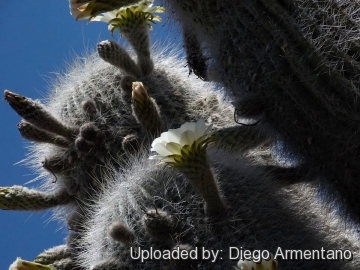
Blooming habit at 3255 metres of altitude. (Echinopsis atacamensis subs. pasacana) Photo by: Diego Armentano
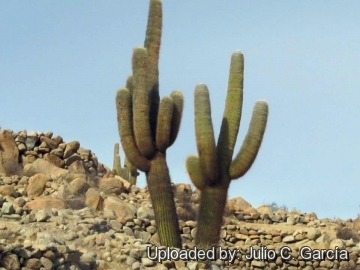
Trichocereus atacamensis var. pasacanus (Echinopsis atacamensis subs. pasacana) Photo by: Julio C. García
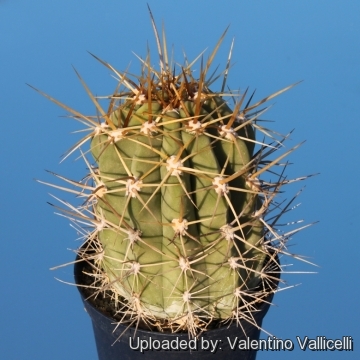
Trichocereus atacamensis var. pasacanus (Echinopsis atacamensis subs. pasacana) Photo by: Valentino Vallicelli
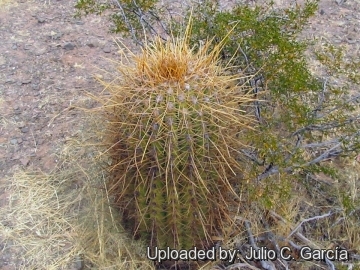
Trichocereus atacamensis var. pasacanus (Echinopsis atacamensis subs. pasacana) Photo by: Julio C. García
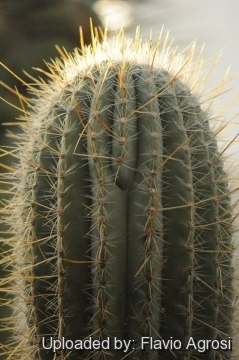
Trichocereus atacamensis var. pasacanus (Echinopsis atacamensis subs. pasacana) Photo by: Flavio Agrosi
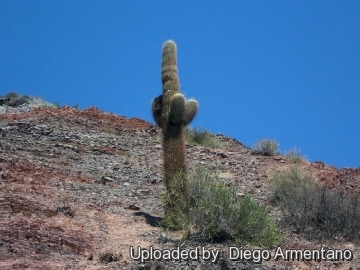
Trichocereus atacamensis var. pasacanus (Echinopsis atacamensis subs. pasacana) Photo by: Diego Armentano
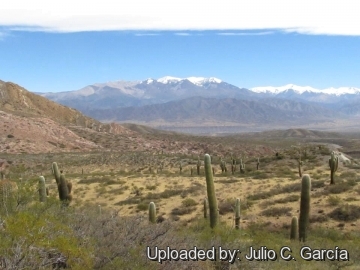
Trichocereus Pasacana "Cardones" cerca de Cachi, Pcia. de Salta. (Echinopsis atacamensis subs. pasacana) Photo by: Julio C. García
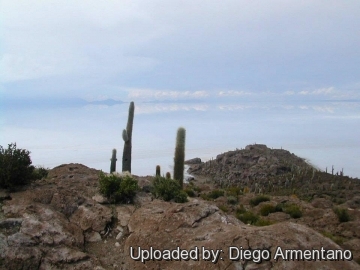
Isla del Pescado or Incahuasi island, in the Salar de Uyuni, Potosi, Bolivia (Echinopsis atacamensis subs. pasacana) Photo by: Diego Armentano
| Your Actions | |
|---|---|
| Back to Trichocereus index | |
| Back to Cactaceae index | |
 |
Back to Cacti Encyclopedia index |











